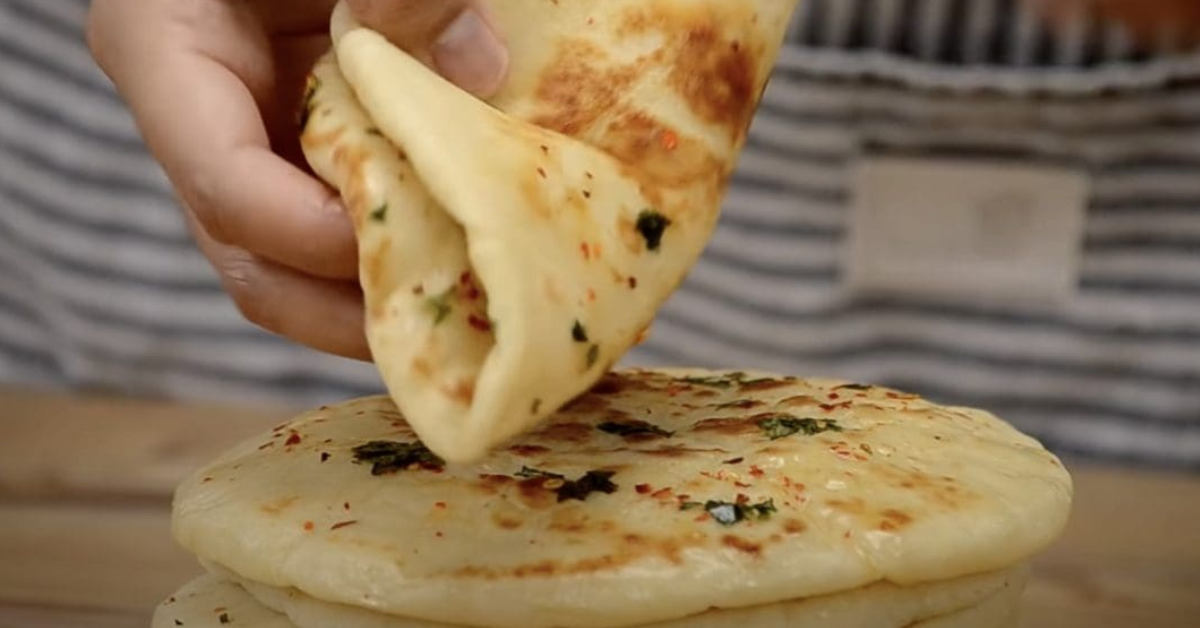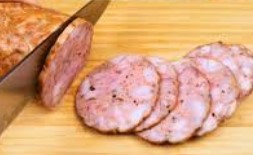Turkish bread, known in its many forms as “pide,” “ekmek,” or “bazlama,” is more than only a aspect dish—it’s far a cultural centerpiece. whether or not served warm with a drizzle of olive oil or used to wrap gentle meats in a avenue-facet kebab, Turkish bread represents both the humble beginnings and the wealthy culinary traditions of Anatolia and past. Its simple substances—flour, water, yeast, and salt—belie the taste, texture, and pleasure it can provide in each chew. not like heavily processed save-sold bread, Turkish bread is soft inside, gently crisp on the outside, and flexible sufficient to accompany honestly any meal.
For generations, Turkish families have accumulated round wooden-fired ovens to bake clean bread day by day. That comforting aroma of growing dough and toasting crust drifts through homes and markets alike. whilst modern ovens have changed open flames in maximum families, the coronary heart of Turkish bread stays unchanged. Making it from scratch can also seem intimidating before everything, however the steps are easy to comply with, and the rewards are on the spot. All it takes is a bit persistence, a heat kitchen, and a recognize for the method that has fed households for hundreds of years.
At its middle, Turkish bread is a celebration of craftsmanship. there may be an art to kneading the dough simply proper, to shaping every round with care, and to brushing the pinnacle with yogurt or egg wash before baking to reap that golden, blistered end. those information elevate a easy bread into some thing worth of being torn by using hand, dipped into soup, or used because the base for a beneficiant sandwich. It’s comfort food in its purest shape—filling, flavorful, and deeply pleasurable.
The simple components at the back of Turkish Bread’s Magic
What makes Turkish bread so universally loved is its sincere factor listing. and not using a need for costly gadgets or complicated strategies, it stands as a really perfect instance of ways some super components can yield a remarkable result. traditionally, Turkish bread uses simplest flour, yeast, salt, water, and sometimes a chunk of sugar or olive oil for flavor and texture. those ingredients come together to form a dough that’s soft, elastic, and clean to work with, even for novice bakers.
deciding on the right flour is step one to achievement. All-purpose flour works properly, however a mixture of all-purpose and bread flour can yield a chewier texture with a slightly greater complex flavor. Yeast offers the bread its rise and airy texture, and warm water activates it. A pinch of sugar can assist the yeast feed, and a drizzle of olive oil enriches the dough, including softness and intensity.
as soon as the dough is mixed, it have to be kneaded for at least eight to ten minutes till smooth and pliable. Kneading develops the gluten, which creates the structure that helps the bread puff superbly inside the oven. The dough is then left to upward push in a warm area, covered, till doubled in size. This resting length lets in the yeast to do its work, filling the dough with tiny air wallet to be able to increase throughout baking.
when the dough is ready, it’s fashioned into rounds or ovals—depending on whether or not you’re making bazlama (flatbread) or pide (oval, pizza-like bread). just before baking, the floor is brushed with a yogurt and egg combination or certainly water and oil. This offers the bread its signature shine and deep golden colour. some sesame or nigella seeds sprinkled on pinnacle upload visual interest and a subtle nutty be aware.
Baking takes area in a very hot oven—ideally at 450°F (230°C) or better—so that the bread puffs up quick and develops a crisp outdoors even as staying soft and fluffy internal. If a baking stone or solid iron pan is available, the use of it can help mimic the effect of a traditional stone oven, giving the crust a lovely end and inspiring that lovable rise.
From the Oven to the table: Serving Turkish Bread with fashion
once it comes out of the oven, Turkish bread need to be enjoyed heat, while its texture is at its absolute best. The crust crackles lightly beneath the hands, even as the indoors stays pillowy and barely chewy. It’s quite flexible—perfect for dipping, scooping, wrapping, or ingesting simple with a pat of butter.
one of the maximum popular ways to enjoy Turkish bread is as a base for pide—a type of flatbread crowned with meats, cheeses, and vegetables earlier than being baked. consider it as a middle jap pizza, where the bread turns into both vessel and centerpiece. some other version, bazlama, is a round, fluffy flatbread that resembles naan and is often cooked in a pan rather than the oven. It pairs flawlessly with grilled kebabs, creamy dips like hummus or baba ghanoush, or maybe just fresh tomatoes and feta cheese.
Turkish bread also shines at breakfast. Tear off a bit, wrap it round a slice of feta and cucumber, and you’ve got a fulfilling start to the day. In conventional Turkish homes, freshly baked bread is not often absent from the morning table, served alongside olives, honey, jam, and sturdy black tea. It’s a daily ritual that emphasizes connection, hospitality, and nourishment.
For lunch or dinner, this bread makes a fantastic associate to hearty dishes like lentil soup, lamb stew, or stuffed greens. Its capability to take in sauces even as retaining its shape makes it in particular precious in food with formidable flavors. And don’t forget about dessert—Turkish bread may be transformed into sweet treats too. a few variations are brushed with butter and honey after baking or sprinkled with powdered sugar for a diffused indulgence.
whether you’re web hosting a dinner party or just feeding your family, Turkish bread provides a home made touch that elevates any meal. It’s comforting with out being heavy, flavorful with out being overpowering, and familiar with out being uninteresting. That’s the stability that makes it so liked across cultures and continents.
A lifestyle worth persevering with in every Kitchen
In an age where keep-sold bread is often laced with preservatives and artificial substances, making Turkish bread at domestic is a significant act. It connects us to the traditions of our ancestors, who knew the cost of fresh, handmade meals. It also reconnects us with our senses—the feel of dough underneath the fingers, the odor of yeast growing, the sound of crust crackling out of the oven.
You don’t want to live in Istanbul or have generations of Turkish lineage to appreciate this bread. Its enchantment is frequent, and its method is on the market to absolutely everyone inclined to try. whether you are a pro baker or simply dipping your feet into bread-making, Turkish bread gives a welcoming entry point. It does not require special system or rare elements—simply time, attention, and love.
Many people who strive Turkish bread for the first time are amazed by how easy it’s far to make and the way profitable the results are. It becomes a weekly culture, a weekend undertaking, or even a move-to recipe for entertaining. you can double the batch, freeze some rounds, or use leftovers for sandwiches day after today. It’s as practical as it is scrumptious.
moreover, this bread gives an possibility to slow down. In today’s rapid-paced international, kneading dough can be therapeutic. looking it upward push teaches staying power. Sharing it teaches generosity. In every step of making Turkish bread, there’s a lesson in mindfulness and connection. That’s what transforms a fundamental recipe into something extra—some thing enduring.
And perhaps most significantly, Turkish bread brings people together. whether it’s exceeded across the desk at a vacation banquet, wrapped round kebab on a avenue corner, or used to scoop up the closing chunk of stew, it fosters togetherness. It’s food that asks to be shared, and that’s what makes it so powerful. Turkish bread is more than nourishment—it’s culture, subculture, and care baked into each golden spherical.




